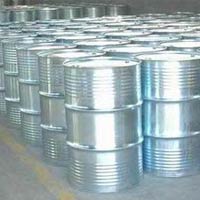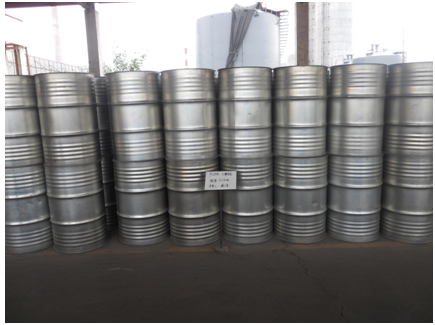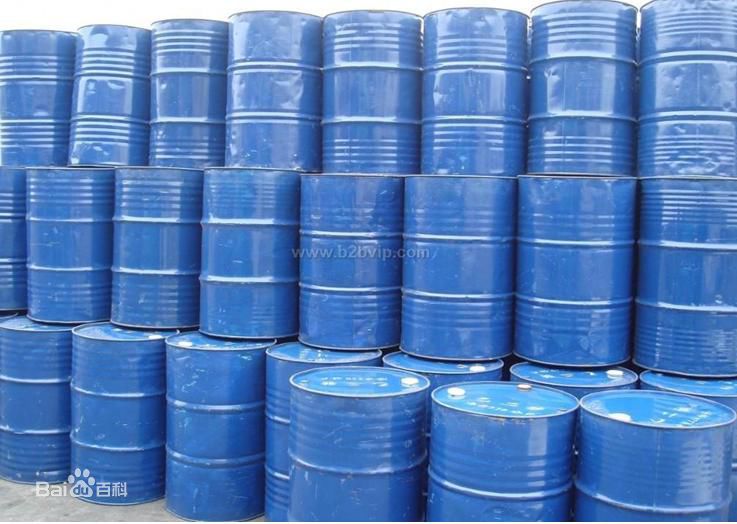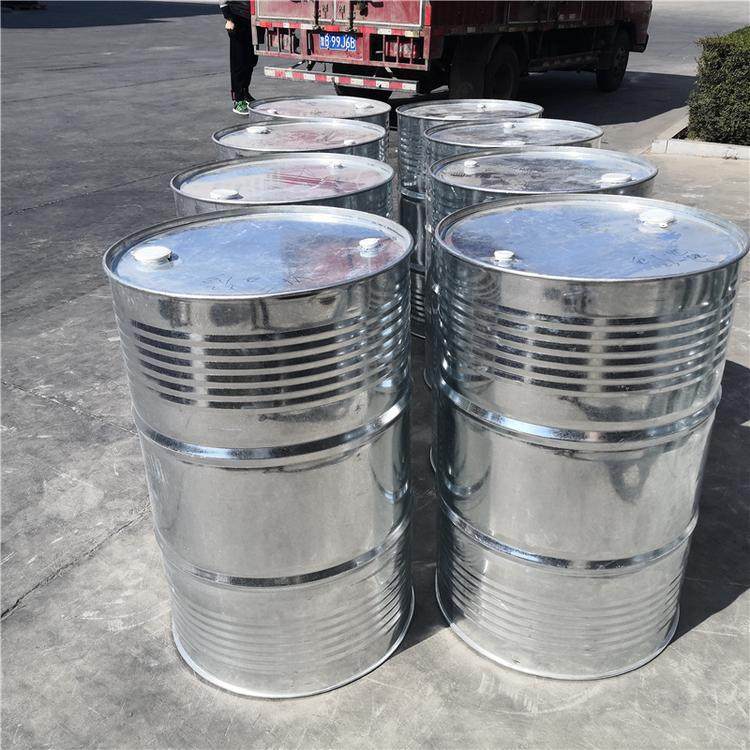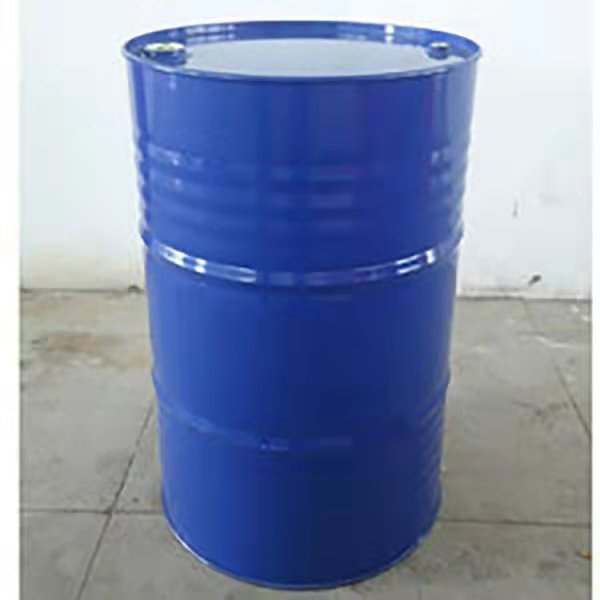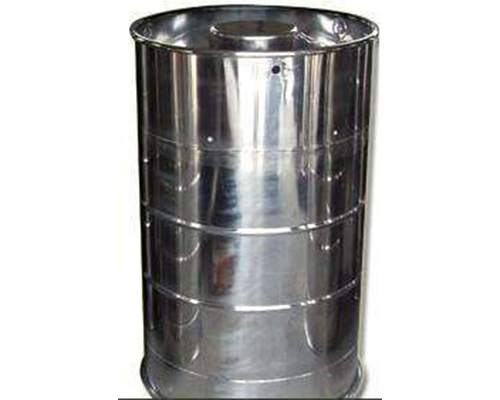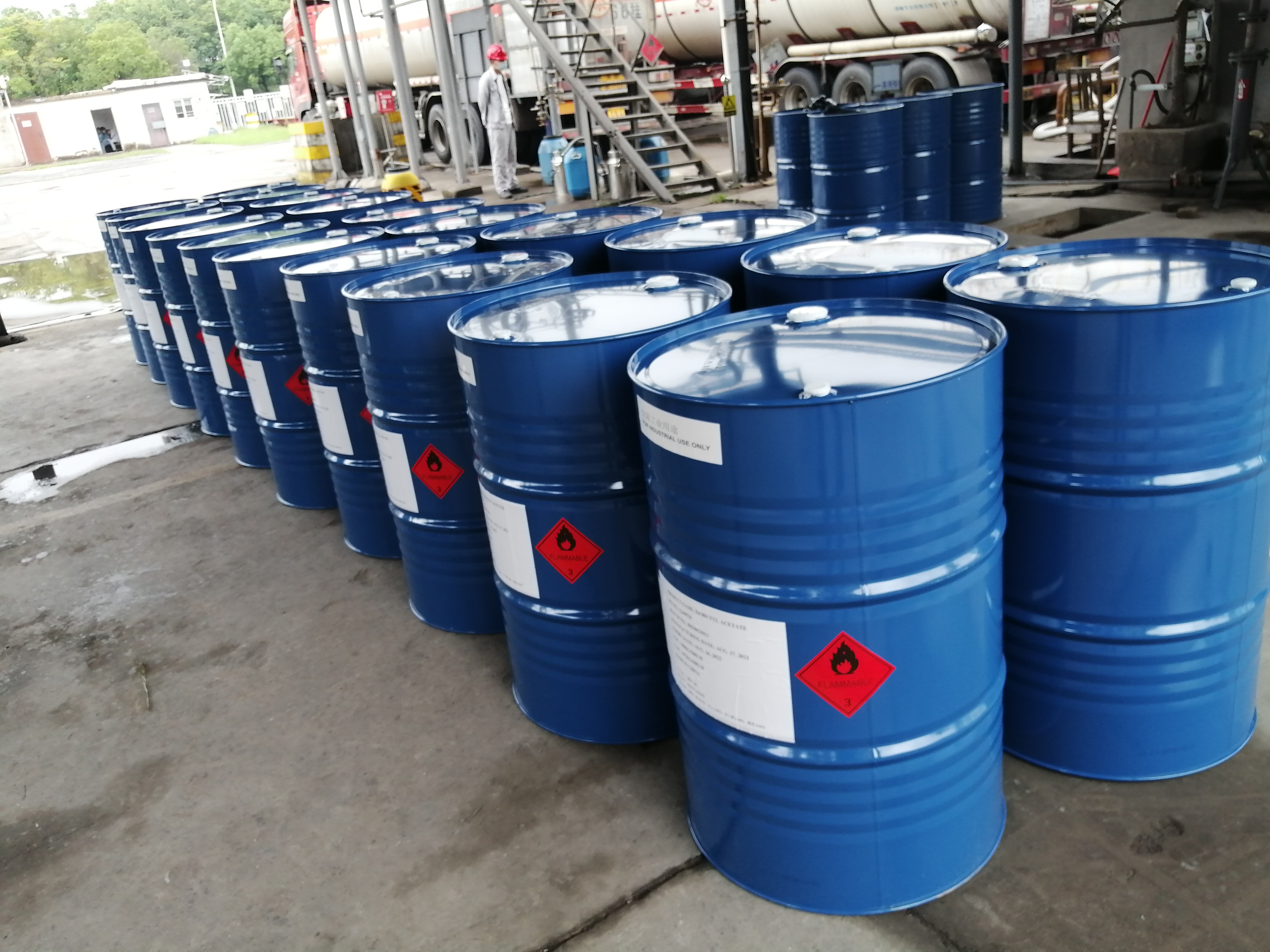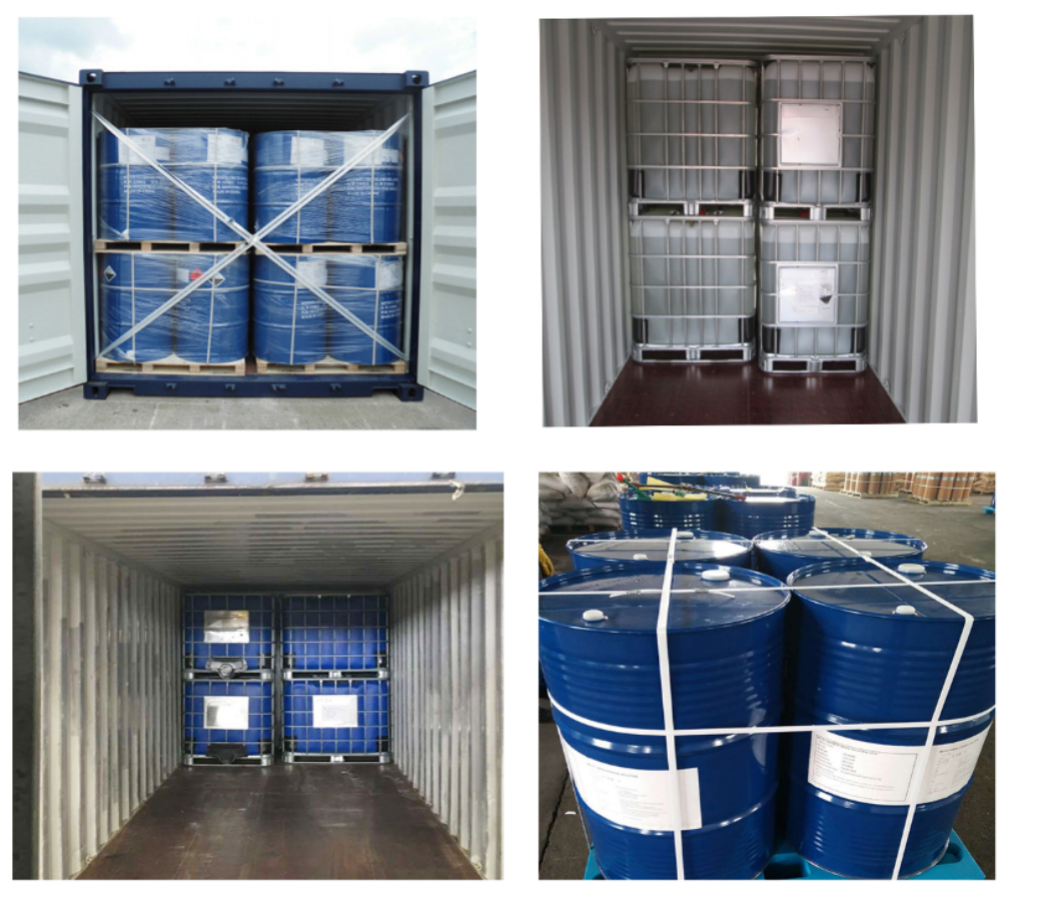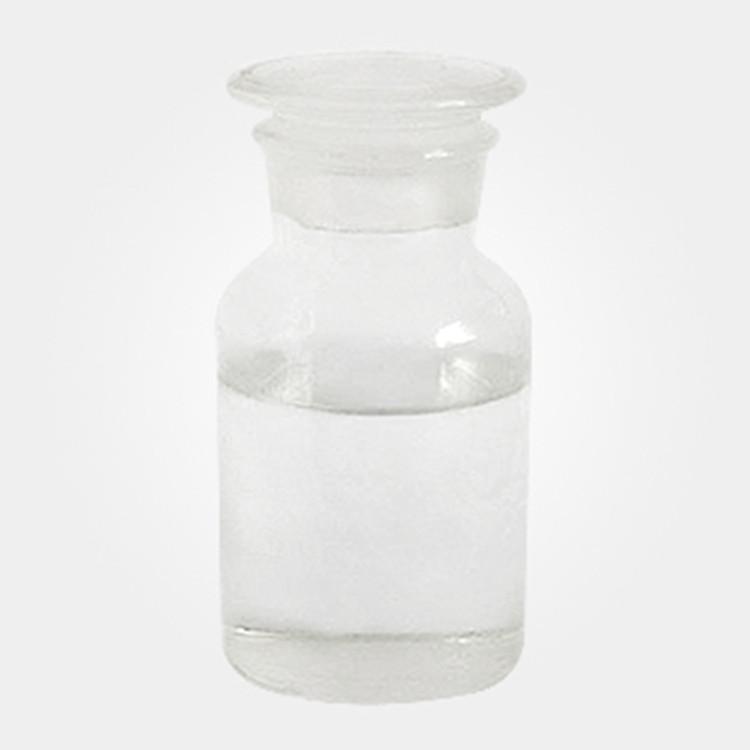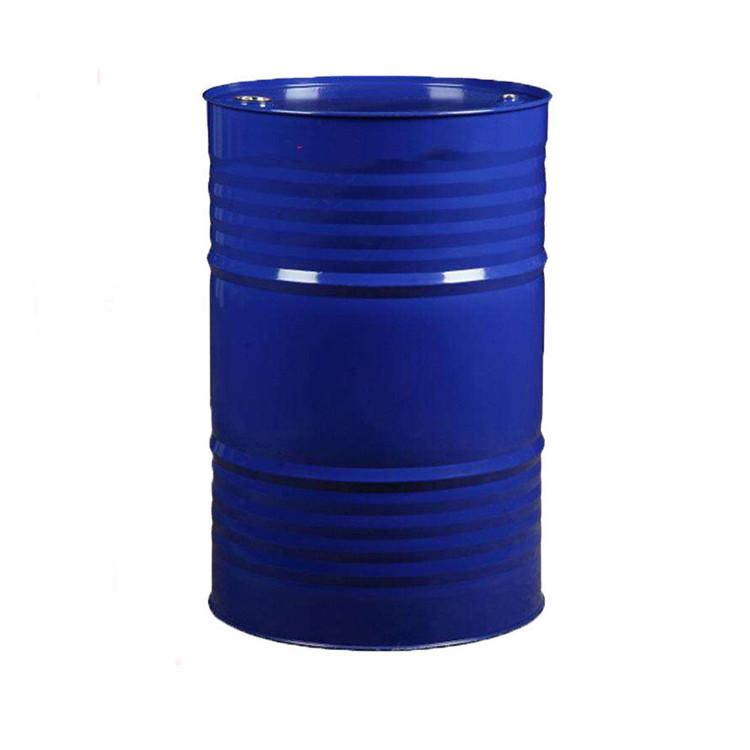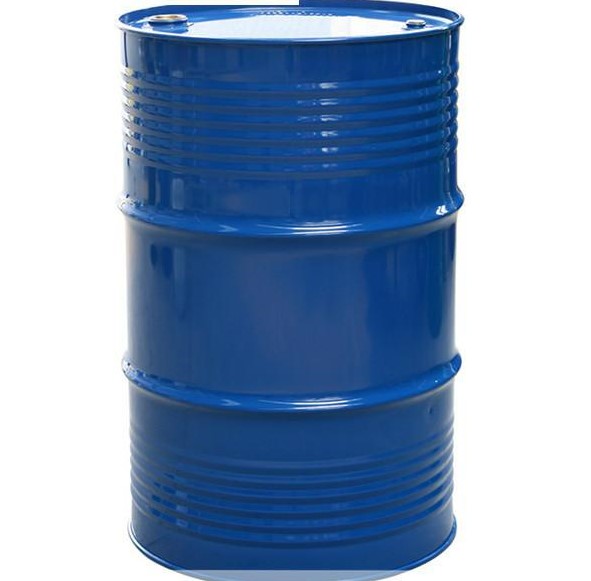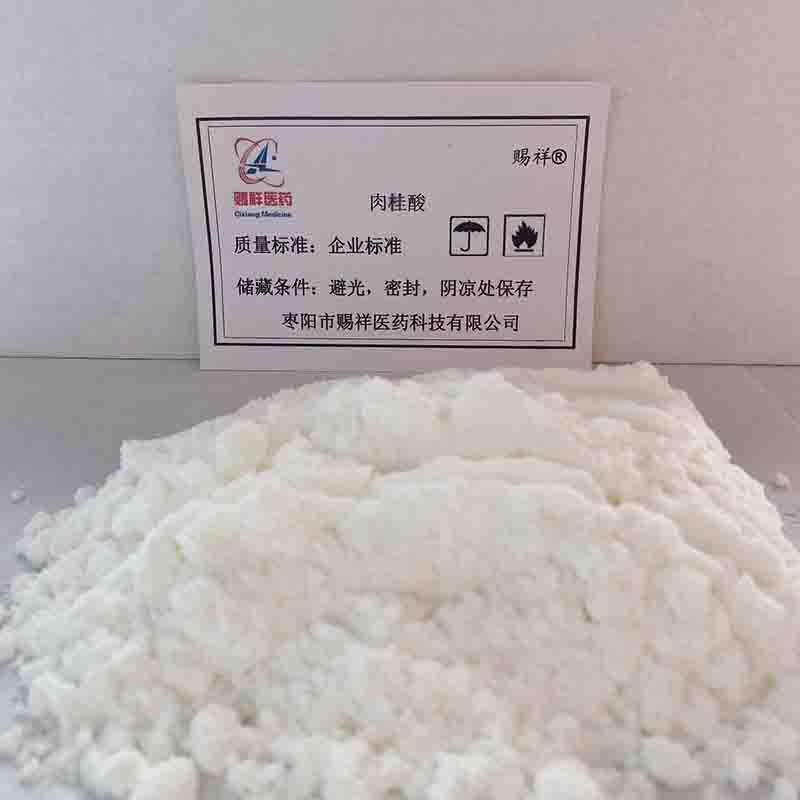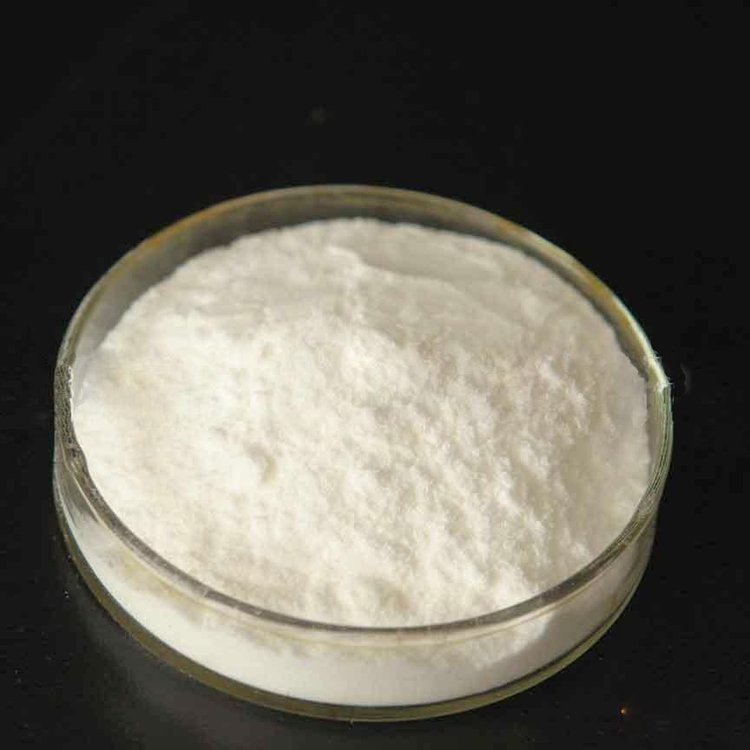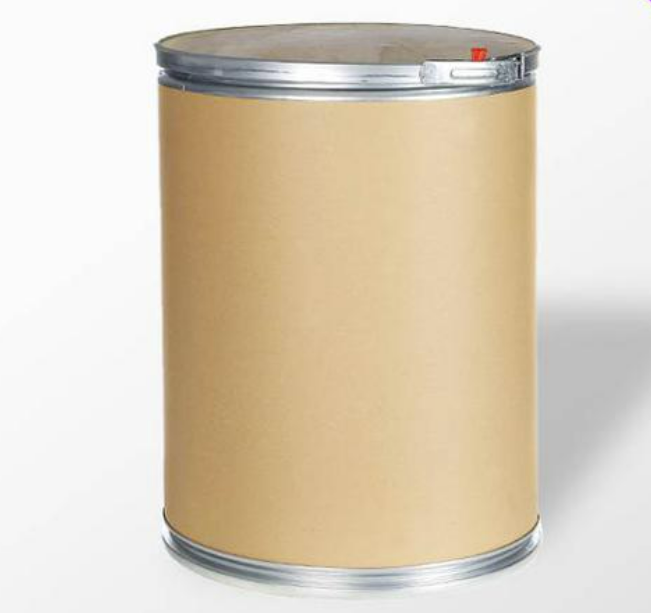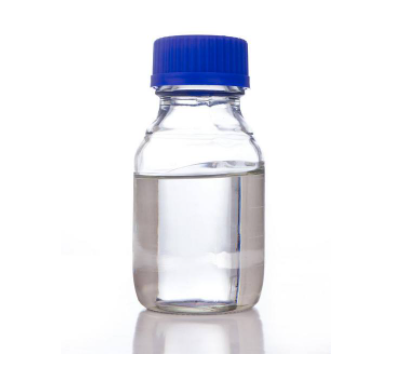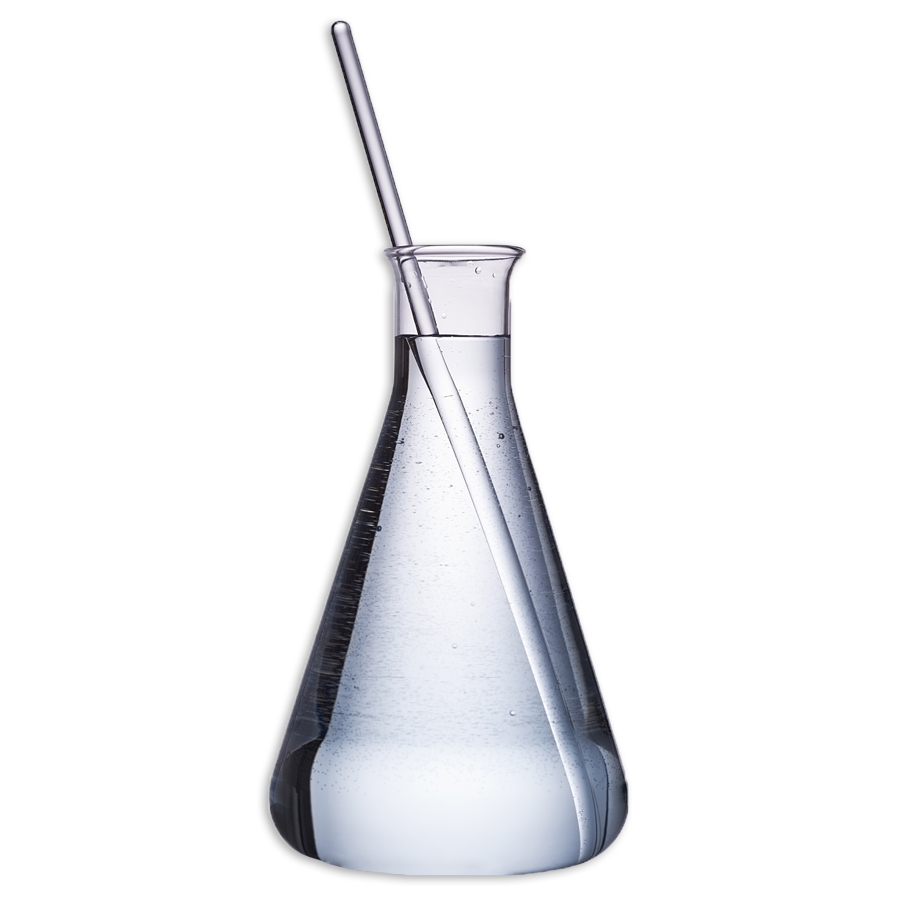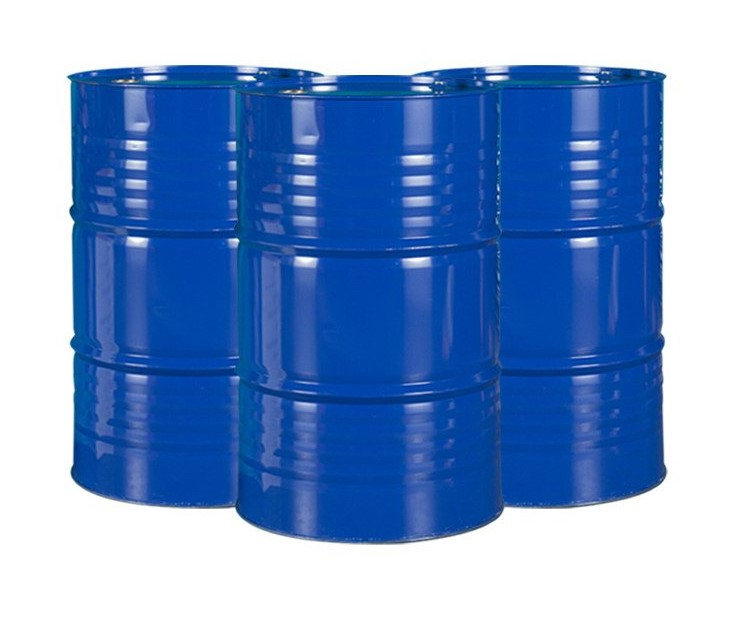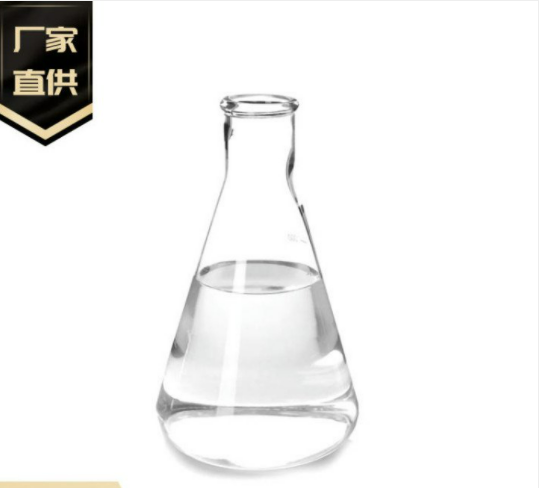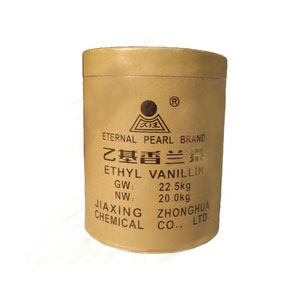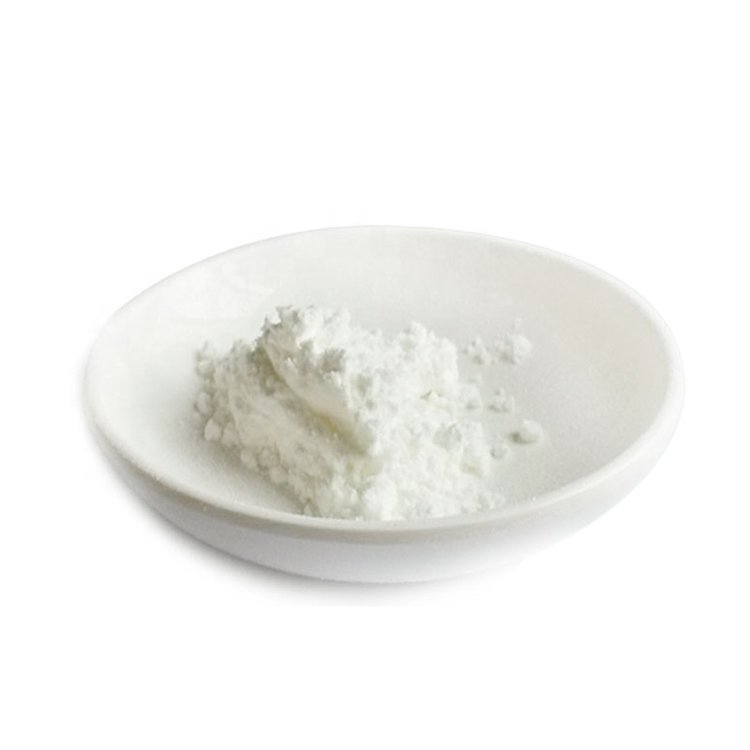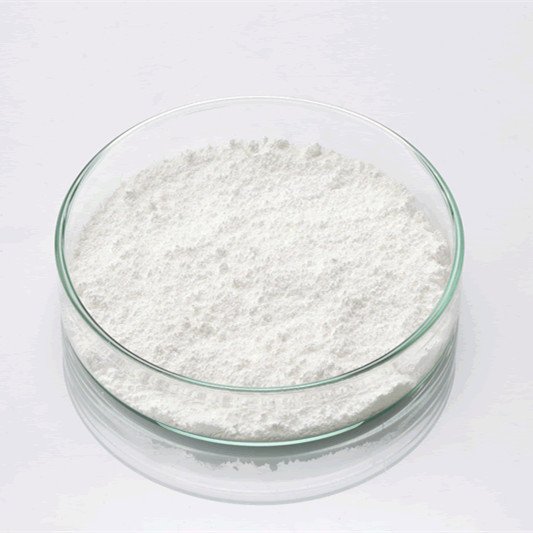Flavors and Fragrances
Find
675
related chemicals for you
CAS:616-38-6
Molecular Formula:C3H6O3
Alias
More Information
Dmc; Dimethoxymethylal; Carbonic Acid Dimethyl Ester
Brief Introduction
The molecular structure of dimethyl carbonate contains carbonyl, methyl, methoxy and carbonylmethoxy, so it can be widely used in organic synthesis reactions such as carbonylation, methylation, methoxylation and carbonylmethylation, so it has a very wide range of applications, mainly used as carbonylation and methylation reagents, gasoline additives, raw materials for the synthesis of polycarbonate (PC), etc. 1. A new type of low toxic solvent can replace toluene, xylene, ethyl acetate, butyl acetate, acetone or butanone in the paint and adhesive industry, which is an environmental friendly green chemical product. 2. Good methylating agent, carbonylating agent, hydroxymethylating agent and methoxylating agent. It is a kind of chemical material with wide application. 3. Phosgene, dimethyl sulfate, methyl chloroformate and other potent drugs are ideal substitutes. 4. Synthesis of polycarbonate, diphenyl carbonate, isocyanate, etc. 5. In medicine, it is used to synthesize anti infective drugs, antipyretic and analgesic drugs, vitamin drugs and central nervous system drugs. 6. Pesticides are mainly used in the production of methyl isocyanate, and then some carbamate drugs and insecticides (anisole). 7. Gasoline additives, lithium battery electrolyte, etc.
Suppliers
View More Vendors (7) >
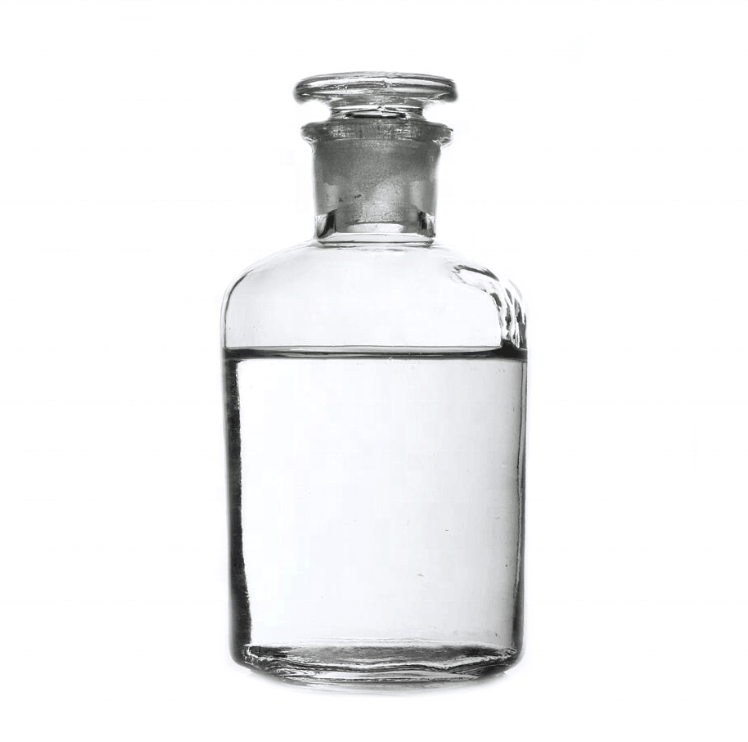
≥99.90%
/
Tech Grade
24000kg
/
ISO Tank
CAS:109-60-4
Molecular Formula:C5H10O2
Alias
More Information
Acetic Acid, Propyl Ester; N-Propyl 5-Nitro-3-Pyridinesulfonamide; 3-Pyridinesulfonamide,5-Nitro-N-Propyl; Propyl Ethanoate; N-Propyl Acetate; 1-Acetoxypropane; 1-Propyl Acetate; 1-Propylacetate; Octanpropylu
Brief Introduction
This product is a mild and quick drying agent for flexographic printing ink and gravure printing ink, especially for olefin reducing and polyamide film printing. It is also used as solvent for nitrocellulose, chlorinated rubber and thermal reactive phenolic plastics. Propyl acetate has a slight fruit flavor. After dilution, it has pear like aroma. Natural products are found in bananas, tomatoes, and raspberries. They are mainly used for the preparation of flavors such as pears and currants, and also as solvents for fruit flavors.
Suppliers
View More Vendors (6) >
CAS:621-82-9
Molecular Formula:C9H8O2
Alias
More Information
2-Propenoicacid, 3-Phenyl-; 3-Phenylacrylic Acid; Trans-Cinnamic Acid; 3-Phenylpropenoic Acid; Phenylacrylic Acid; (E)-Cinnamic Acid; Trans-3-Phenylacrylic Acid
Brief Introduction
Cinnamic acid is a monocarboxylic acid that consists of acrylic acid bearing a phenyl substituent at the 3-position. It is found in Cinnamomum cassia. It has a role as a plant metabolite. It is a member of styrenes and a member of cinnamic acids. It is a conjugate acid of a cinnamate.
Suppliers
View More Vendors (4) >
Alias
More Information
N-Butanol; Normal Butanol; Butan-1-Ol; N-Butyl Alcohol; Butan Alcohol; Butanol-1; N-Butul Alcohol; 1-Butyl Alcohol; Butylowy Alkohol; Butanol; Butyl Alcohol
Brief Introduction
This product is used as chromatographic reagent and also for organic synthesis. It is a permitted edible spice. It is mainly used for making banana, cream, whisky and cheese. It is also used as solvent and pigment diluent for extraction.
Suppliers
View More Vendors (4) >
CAS:121-32-4
Molecular Formula:C9H10O3
Alias
More Information
3-Ethoxy-4-Hydroxybenzaldehyde; Protocatechualdehyde Ethyl Ether; Bourbonal; Ethyl Protal; Ethyl Protocatechualdehyde 3-Ethyl Ether
Brief Introduction
Ethyl vanillin is a member of the class of benzaldehydes that is vanillin in which the methoxy group is replaced by an ethoxy group. It has a role as an antioxidant and a flavouring agent. It is a member of benzaldehydes, a member of phenols and an aromatic ether. It derives from a vanillin.
Suppliers
View More Vendors (4) >
Inquiry (
10
/ 10
)
Clear All
You can inquire for up to 10 products at a time
Sign In
Error!

